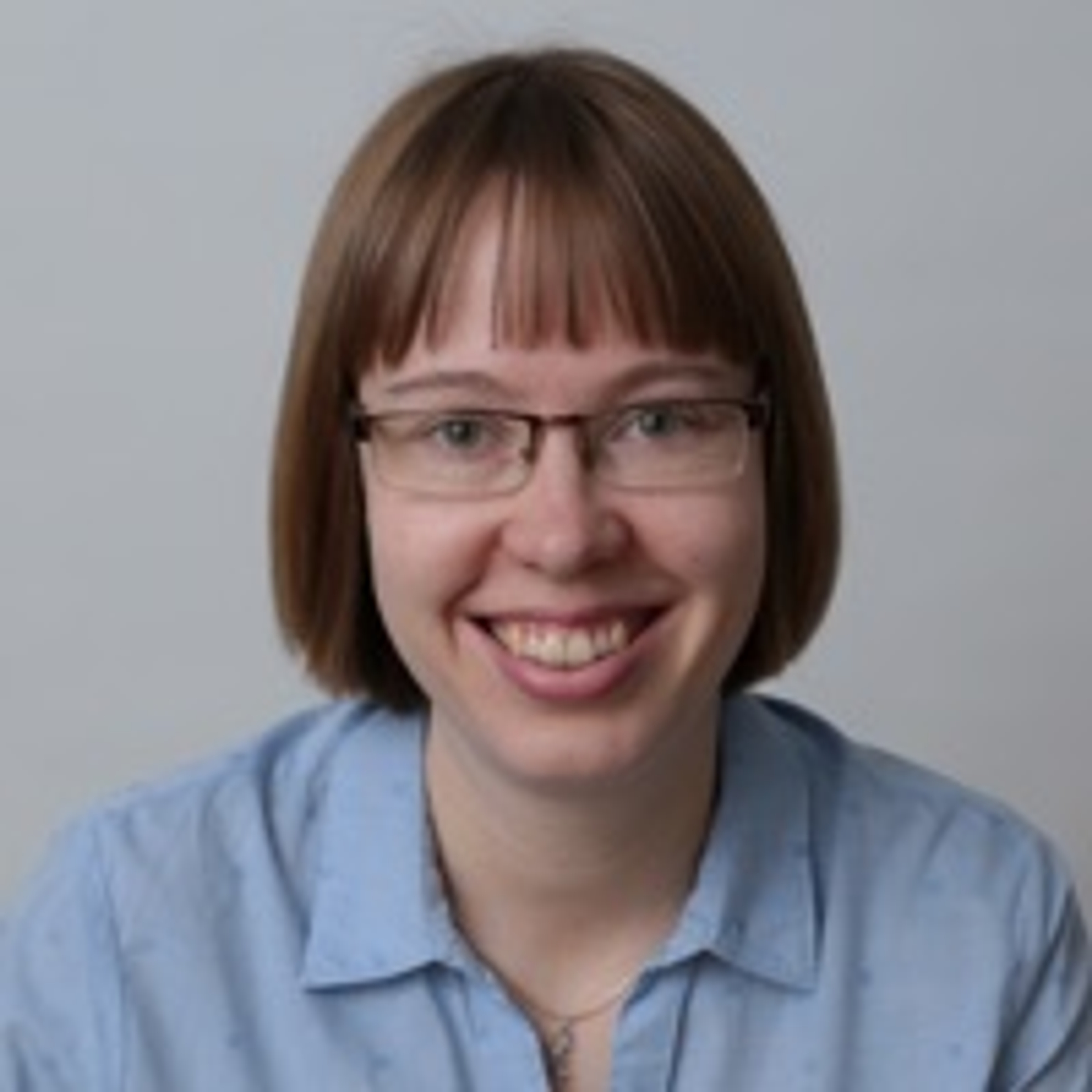Lesson 1
Welcome
In this first lesson, you'll meet your instructors, learn about the structure of this program, and see the services available to you as a student.

Nanodegree Program
Fuse computer vision, machine learning, mechanics, and hardware systems to build bots of the future!
Fuse computer vision, machine learning, mechanics, and hardware systems to build bots of the future!
Advanced
3 months
Real-world Projects
Completion Certificate
Last Updated November 2, 2023
Skills you'll learn:
Prerequisites:
Course 1 • 4 hours
Learn the essential elements of robotics, meet your instructors, and get familiar with the tools that will help you succeed in this program.
Lesson 1
In this first lesson, you'll meet your instructors, learn about the structure of this program, and see the services available to you as a student.
Lesson 2
Learn the essential element of robotics.
Lesson 3
You are starting a challenging but rewarding journey! Take 5 minutes to read how to get help with projects and content.
Lesson 4
What to do if you have questions about your account or general questions about the program.
Lesson 5
Get started by exploring the Udacity Workspace, optionally installing a Virtual Machine, and learning prep materials to help you succeed in this program.
Course 2 • 1 week
Learn how to simulate your first robotic environment with Gazebo, the most common simulation engine used by Roboticists around the world.
Lesson 1
Learn how to simulate your first robot in Gazebo and interact with its world using a Plugin.
Lesson 2 • Project
In this project, you will design a Gazebo World environment by including multiple models and use it as a base for all your upcoming projects.
Course 3 • 3 weeks
Discover how ROS provides a flexible and unified software environment for developing robots in a modular and reusable manner. Learn how to manage existing ROS packages within a project, and how to write ROS Nodes of your own in C++.
Lesson 1
Obtain an architectural overview of the Robot Operating System Framework and setup your own ROS environment in the Udacity Workspace.
Lesson 2
Learn about ROS workspace structure, essential command line utilities, and how to manage software packages within a project. Harnessing these will be key to building shippable software using ROS.
Lesson 3
ROS Nodes are a key abstraction that allows a robot system to be built modularly. In this lesson, you'll learn how to write them using C++.
Lesson 4 • Project
Design and build a mobile robot, and house it in your world. Then, program your robot with C++ nodes in ROS to chase white colored balls!
Course 4 • 3 weeks
Learn how Gaussian filters can be used to estimate noisy sensor readings, and how to estimate a robot’s position relative to a known map of the environment with Monte Carlo Localization (MCL).
Lesson 1
Introduction to the localization concept and the algorithms
Lesson 2
Learn the Kalman Filter and Extended Kalman Filter Gaussian estimation algorithms.
Lesson 3
Learn how to apply an EKF ROS package to a robot to estimate its pose.
Lesson 4
Learn the Monte Carlo Localization algorithm which uses particle filters to estimate a robot's pose.
Lesson 5
Learn how to code the Monte Carlo Localization algorithm in C++.
Lesson 6 • Project
Use the Adaptive Monte Carlo Localization algorithm in ROS to localize your robot!

Founder and Executive Chairman, Udacity
As the Founder and Chairman of Udacity, Sebastian's mission is to democratize education by providing lifelong learning to millions of students worldwide. He is also the founder of Google X, where he led projects including the Self-Driving Car, Google Glass, and more.

Course Developer
Julia is an experienced educator and robotics specialist. Her previous work experiences include teaching Mechatronics Engineering at the University of Waterloo and designing electric vehicles for underground mines.

Course Developer
Karim started his early career as a Mechanical Engineer. He earned his M.S. in Mechatronics and Robotics Engineering from NYU. His specialties include Kinematics, Control, and Electronics.

Staff Software Engineer at Kodiak Robotics
David works on Self-driving trucks at Kodiak. As a Staff Software Engineer, David writes planning, control, simulation and mapping software for self-driving trucks.
Average Rating: 4.6 Stars
300 Reviews
Sai Praveen D.
November 15, 2022
I like everything about the course
shramik K.
September 16, 2022
This course gives us great knowledge about the subject
Victor Enrique G.
September 5, 2022
I am very happy to have joined this course, it is extremely useful, and the level of challenge is perfect for those pursuing a career in robotics. Every concept is taught in a way easy to understand. And every project is accompanied by the instructors. Also, all knowledge in here is applicable in so many fields, and devices. The content is super well arranged, and easy for having as reference. Udacity instructors really made the effort on being the best teachers in the topic! Thank you!
Brenton J.
May 19, 2022
The feedback is the best part. The virtual machine experience is very bad and is not reliable. It held me back a bit. But the solution which was presented as optional is mandatory if you have a Windows or Linux pc somewhere. Having a local virtual machine got me back on track to really appreciate how beneficial the course is.
Elienai W.
April 29, 2022
Very good.
Combine technology training for employees with industry experts, mentors, and projects, for critical thinking that pushes innovation. Our proven upskilling system goes after success—relentlessly.

Demonstrate proficiency with practical projects
Projects are based on real-world scenarios and challenges, allowing you to apply the skills you learn to practical situations, while giving you real hands-on experience.
Gain proven experience
Retain knowledge longer
Apply new skills immediately

Top-tier services to ensure learner success
Reviewers provide timely and constructive feedback on your project submissions, highlighting areas of improvement and offering practical tips to enhance your work.
Get help from subject matter experts
Learn industry best practices
Gain valuable insights and improve your skills

Unlimited access to our top-rated courses
Real-world projects
Personalized project reviews
Program certificates
Proven career outcomes
Full Catalog Access
One subscription opens up this course and our entire catalog of projects and skills.
Average time to complete a Nanodegree program
(363)
3 months
, Intermediate
4 weeks
, Beginner
(175)
3 months
, Advanced
(115)
3 months
, Advanced
(34)
5 months
, Advanced
(450)
3 months
, Advanced
(328)
2 months
, Advanced
(729)
3 months
, Intermediate
7 hours
, Fluency
4 weeks
, Advanced
4 weeks
, Beginner
3 hours
, Beginner
(162)
3 months
, Advanced
(781)
4 months
, Advanced
1 hour
, Discovery
4 weeks
, Beginner

Robotics Software Engineer
(363)
3 months
, Intermediate
4 weeks
, Beginner
(175)
3 months
, Advanced
(115)
3 months
, Advanced
(34)
5 months
, Advanced
(450)
3 months
, Advanced
(328)
2 months
, Advanced
(729)
3 months
, Intermediate
7 hours
, Fluency
4 weeks
, Advanced
4 weeks
, Beginner
3 hours
, Beginner
(162)
3 months
, Advanced
(781)
4 months
, Advanced
1 hour
, Discovery
4 weeks
, Beginner
Udacity's Robotics Software Engineer Nanodegree program is a dynamic robotics software engineer course designed for those seeking advanced robotics engineer training. This program integrates key aspects like ROS nodes, environmental mapping, and automated path planning. Learners dive into the world of robotics, mastering skills in computer vision, machine learning, and mechanics to build futuristic bots. Our team, including leaders like Sebastian Thrun and Julia Chernushevich, guides students through challenging, real-world projects, ensuring a deep, practical understanding of robotics software engineering.